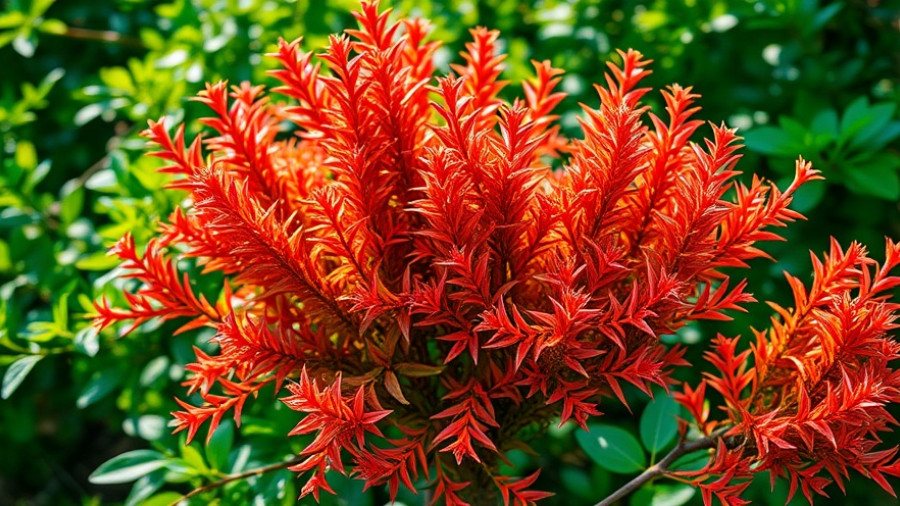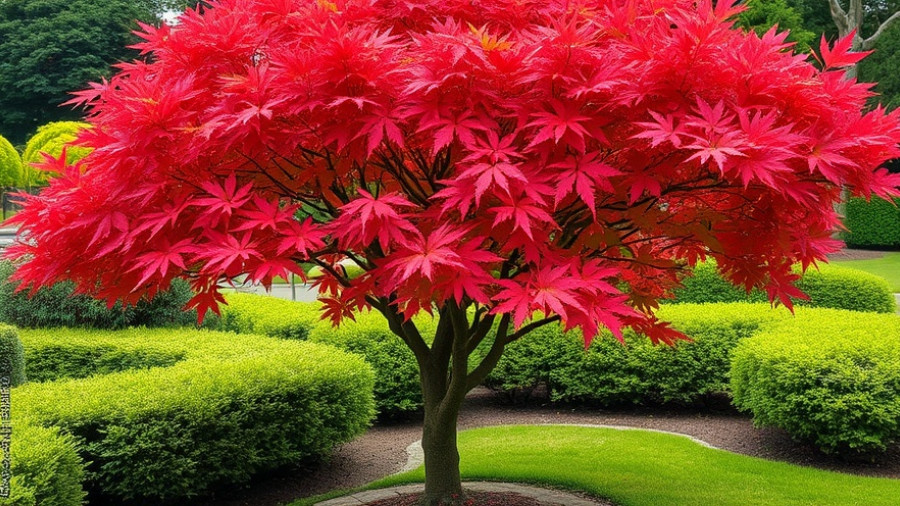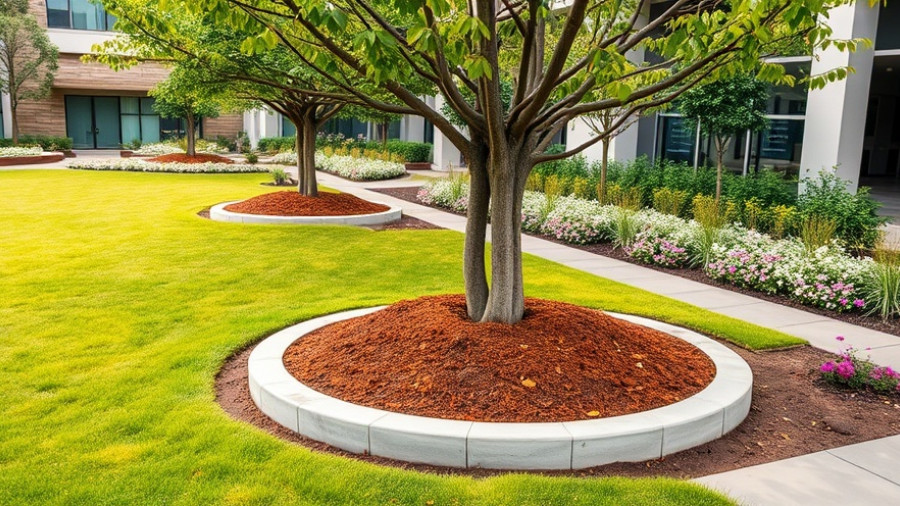
The Importance of Curb Appeal in Connecticut
When it comes to homeownership in Connecticut, curb appeal is not just a trend, but an essential element that reflects one's pride in their property. You can tell a lot about a home just by looking at its front yard; it’s the first impression guests and neighbors receive. In a state characterized by four distinct seasons, ensuring that your landscaping endures winter's chill and summer's warmth is critical. A well-maintained front yard can not only enhance the aesthetics of your home but also significantly boost its market value. Local landscaping professionals understand this balance, making tailored selections that thrive in New England’s unique climate.
Choosing the Right Landscaping Style
Connecticut homeowners often face a dilemma: should they go for a low-maintenance landscape that still looks stunning, or indulge in a more elaborate design? Ultimately, it boils down to personal preference. For those who want a beautiful yard without the fuss, low-maintenance options like ornamental grasses, creeping groundcovers, or perennial plants are ideal. Grasses such as fountain grass or blue fescue require minimal upkeep, while hardy perennials like daylilies or black-eyed Susans reward homeowners with vibrant blooms year after year.
Conversely, if you find joy in gardening, the option for high-maintenance plants like roses and boxwoods is enticing. These plants require more attention but can create a striking, formal garden layout. Whichever path you choose, it’s about finding the right balance between effort and reward.
Essential Plants for a Connecticut Landscape
Connecticut's landscape calls for plants that can thrive in both snowy winters and humid summers. Here are some of the most popular ornamentals:
- Hydrangeas: Known for their large blooms, hydrangeas add a coastal charm, especially when planted near porches or as focal points in landscaping beds.
- Lilacs: A nostalgic favorite, lilacs bring a delightful fragrance in early May, establishing an emotional connection with homeowners.
- Azaleas and Rhododendrons: These vibrant plants flourish in shady spots, providing a splash of color and maintaining their attractiveness with evergreen leaves.
- Hostas: Perfect for problem areas where grass struggles, hostas vary in color and size, serving as versatile solutions.
- Ornamental Trees: A Japanese maple adds drama with its crimson leaves, while flowering dogwoods bring elegance in spring.
The key to a successful garden lies in the artful arrangement of these plants. Combine shrubs with perennials for depth and don't shy away from adding evergreens to maintain interest year-round.
Tips for Enhancing Curb Appeal
Beyond plant choices, there are practical home renovation tips to elevate your front yard’s appeal. Simple upgrades such as enhancing outdoor lighting can improve not only aesthetics but safety. Consider installing lanterns along pathways or highlighting entry points with spotlights can create an inviting atmosphere. Furthermore, incorporating attractive front porch decor like seasonal wreaths enhances your home's aesthetics, welcoming visitors warmly.
Another component of curb appeal that isn't often considered is the maintenance checklist. Homeowners should establish a seasonal home maintenance planner that includes tasks from weeding to painting fences. Keeping on top of these tasks allows for continual upkeep, setting the tone for how the home is perceived.
Creating a Lawn Worth Admiring
Ultimately, a well-thought-out landscaping plan is crucial. It should not only appeal visually but also reflect the homeowner's personality and lifestyle. Understanding what works for your yard—whether it’s through high-maintenance head-turners or low-key plant selections—will culminate in an outdoor space that feels inviting and personal.
As you embark on your landscaping journey, remember that the goal isn't just to beautify but to create a space that complements your daily life. As they say, plants are like companions—some require more attention than others, but each one contributes to the vibrancy of your home over time.
Intrigued by how you can enhance your home’s curb appeal? We encourage you to explore local landscaping professionals who can help tailor a plan to meet your unique needs and make your front yard the envy of the neighborhood!
 Add Row
Add Row  Add
Add 




Write A Comment